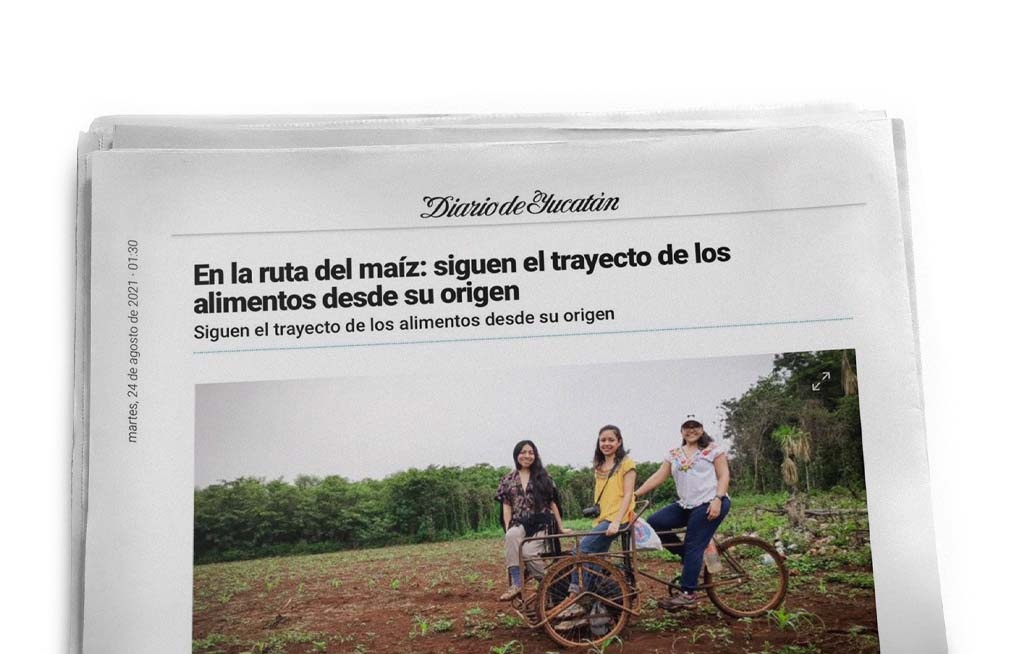We are a Mexican-Guatemalan organization that promotes healthy and conscious eating in the Mesoamerican territory.
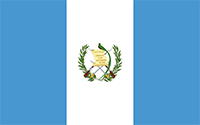

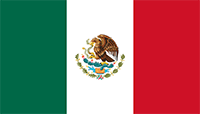

Routes
Route 1: Corn
Route 2: Bean
Route 3: Pumpkin
Route 4: Chili
Route 5: Cocoa
Strategy: a living ecosystem
We create routes of knowledge traced through native Mesoamerican foods from research, analysis and shared learning during a journey in Guatemala and Mexico from different perspectives with the objective of raising awareness and promoting local consumption, making visible its economic, social and ecological impact.
Diverse perspectives
Internal perspective
- Biocultural Patimonium
- Marketing
- Economic, Social and Solidarity
Internal perspective
- Local market (demand and consumption)
- Institutional at two levels: Governmental and International.
- Gastronomic
- Healthy
- Agroecological
- Heritage
Allies
Key players to have a greater reach and impact in the region:
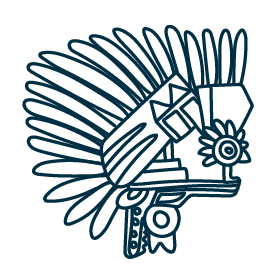

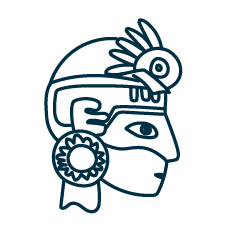



Routes
7 native foods selected for their presence in the region’s diet, heritage, and potential for impact.
Global vision and impact
SDG 2: End hunger, achieve food security and improved nutrition and promote sustainable agriculture.
By 2030, double the agricultural productivity and incomes of small-scale food producers, particularly women, indigenous peoples, family farmers, pastoralists and fishers, including through secure and equitable access to land, other production resources and inputs, knowledge, financial services, markets and opportunities for value addition and off-farm employment.
We make visible the social, economic and environmental impact of each food and therefore, the strengthening of sustainable development. The idea is to promote food security at the individual, family, national, regional and global levels so that the region has access to sufficient, safe, healthy and nutritious food to meet their needs and food preferences for an active and healthy life“.
Objectives
- Valuing the farmer’s work
- Defend local seed diversity
- Take action against transgenic and improved seeds.
- Take care of our soils, which are the basis for healthy food production.
- Consume what is ours in order to increase plantings and local diversity; and not to depend on foreign food and to live a healthy and sustainable life.
Alternate topics
- Social and solidarity economy
- Rural tourism
- Knowledge Transfer
- Sustainability
“The conservation and rescue of ancestral knowledge to shape a present and value a future.”
80%
Seed varieties lost due to the selection of more “profitable” options worldwide, replacing them with transgenic seed, thus an unprecedented increase in the use of pesticides, which translates into environmental and public health problems.
Future
Climate change will worsen the livelihoods of farmers and forest dwellers, thereby increasing hunger and malnutrition.
Sustainability
Sustainable food production practices and climate change adaptation and mitigation strategies are mutually supportive.
Manifesto
“We are convinced that a society that promotes healthy and conscious food, guarantees sustainable development, increased quality of life for its citizens and greater efficiency of available resources, so we are committed to recovering the connections of our origin through food to promote local actions with global impact, where citizens are the generators of this sustainable future”.
Ana Gaby, Alí, Lula
Mexico / Guatemala
Mesoamerica
Territory of extraordinary natural wealth, center and point of origin of more than 80 important crops worldwide. One of the most outstanding civilizations is the Maya, who based their economy on agriculture, with an organized agricultural production.
They domesticated different seeds and developed the agro-ecological system of the milpa that incorporates corn, beans, chili and squash, being the fundamental base of a sophisticated Mesoamerican gastronomy, an example of which is the nixtamalization as a process of food preservation and increase of the nutrients of corn. They developed extensive trade and exchange routes, allowing them to expand the connection and communication between cities, through the white roads, the Sacbé.
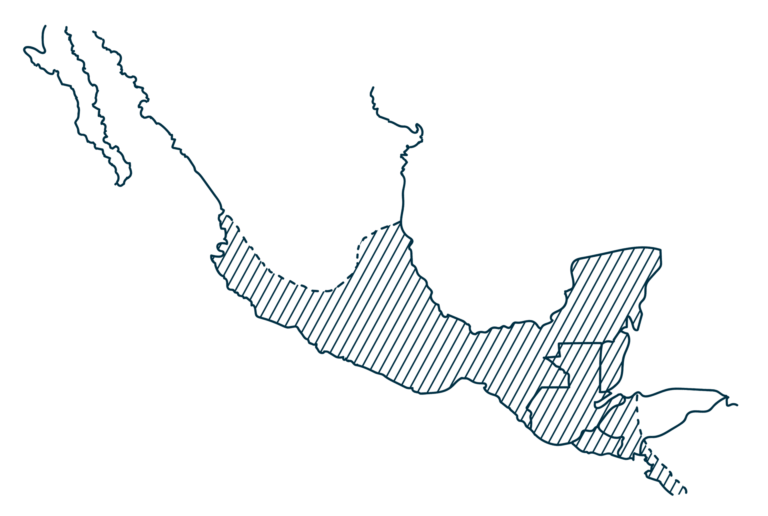

Le bej ku máan ichil le k’iin ts’o’ok u maano’ob, be’ejlae’ yéetel le ba’axo’ob ku taal tu paach k’iino’ob
The path that connects us to our past, present and future.
Sacbé, promotes the richness of Mesoamerica, especially sowing, which concentrates a diversity of knowledge related to flora, bio-indicators in vegetation to determine the quality of soils, birdsong associated with weather phenomena, observation of the blooms of the ja’bin (Piscidia communis) to determine abundant or scarce rain cycles. The agricultural rituals of the Mayan milpa and the rescue of native seeds are a strategy of cultural resistance and connection to healthy practices.
Therefore, our appreciation starts from the land, considering 2 essential points:
- Native Seeds
- Mayan Milpa
Native Seeds
“We were taught to cultivate them every year, because they are our life, the community, the people, that’s why we don’t want them to be lost. As Mayas, having them is a right of our people, as is the territory, because where the seeds are, there is the territory, there are the people; they belong to everyone.”
Seed guardians
Because its use allows to keep crops in constant evolution, by natural effect and the selection process made by farmers and local communities.
The selection of the seed is according to their needs, their cultural traditions, their practices of conservation and protection of the soil and ecosystems. It is an ancient practice used by many farmers to “select from their harvest the seed to be used in the next planting”.
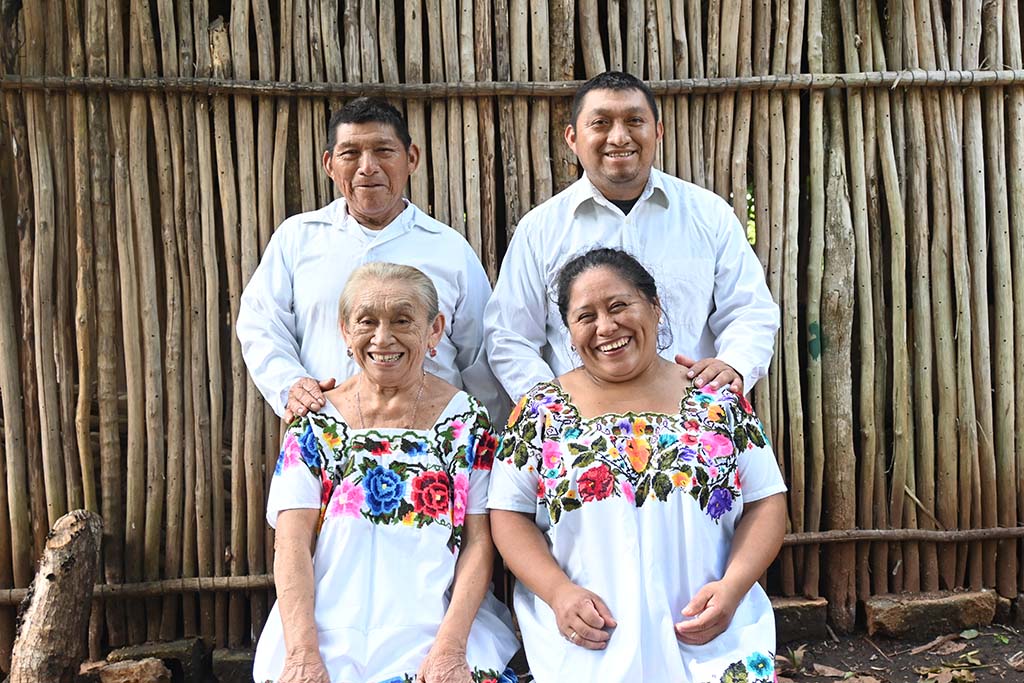

Mayan Milpa
“Because the milpa is the most important laboratory in the Mesoamerican domestication and adaptation of seeds, whose agroecosystems have more than 3,000 years of continuous use.”
Eckart Boege Schmidt
Research Professor at the INAH Veracruz Center
We see the potential of this ancestral practice despite the current challenges it faces such as abandonment, migration, land fragmentation and reduction of cultivated area, climate change, among others. Connecting this knowledge with the future will be the key to promote innovation models.


The milpa or Kool
The ancestral Mayan agricultural system in which the following crops are grown bu’ul (beans), k’úum (pumpkin), iis (sweet potato), maakal (yam), iik (chile) y el ixi’im (corn).
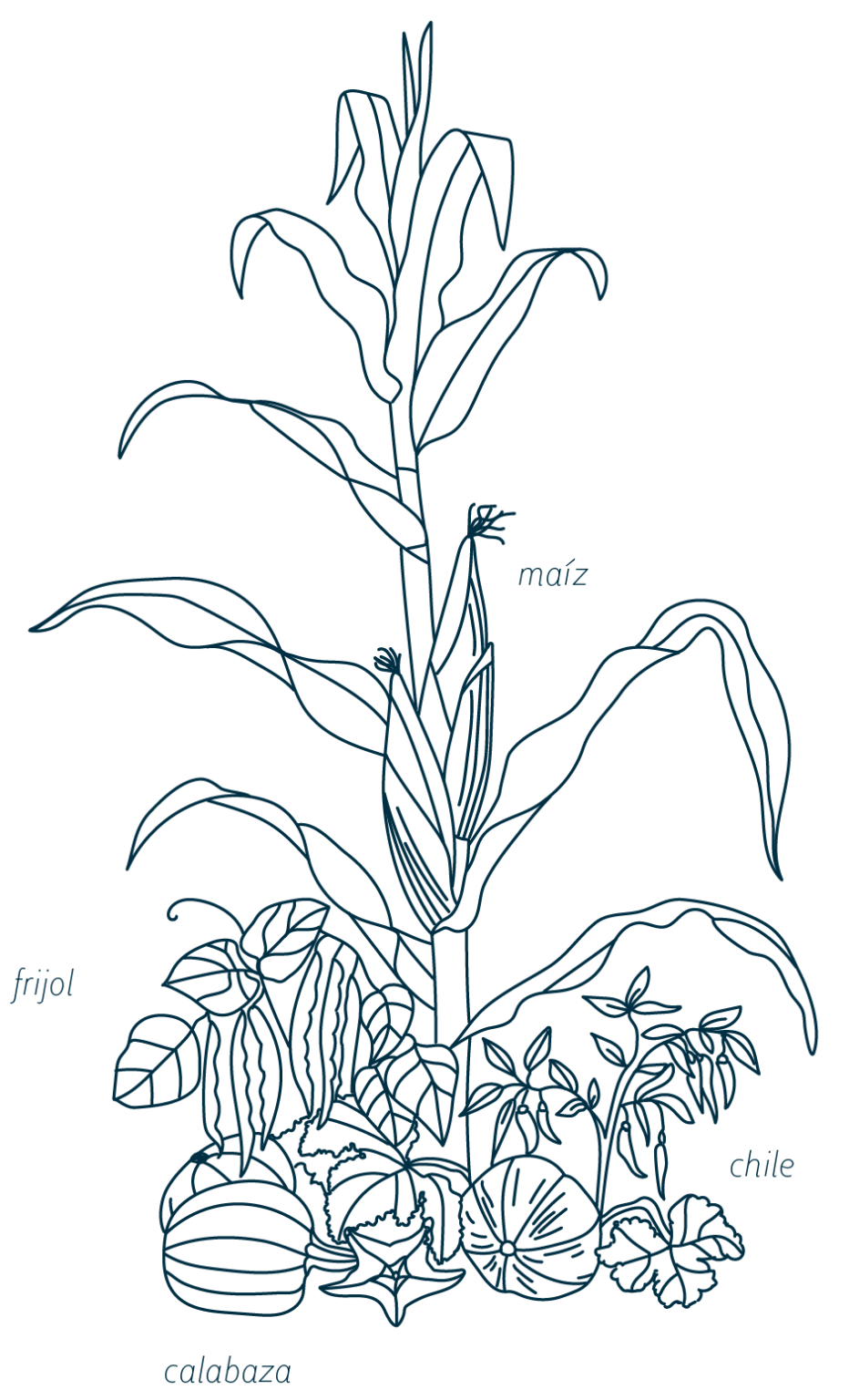

Corn
One of the many products that Mesoamerica has given to the world, which lies at the center of the cosmovision of the Mesoamerican peoples, the myth of Mayan origin narrated in the Popol Vuh.
